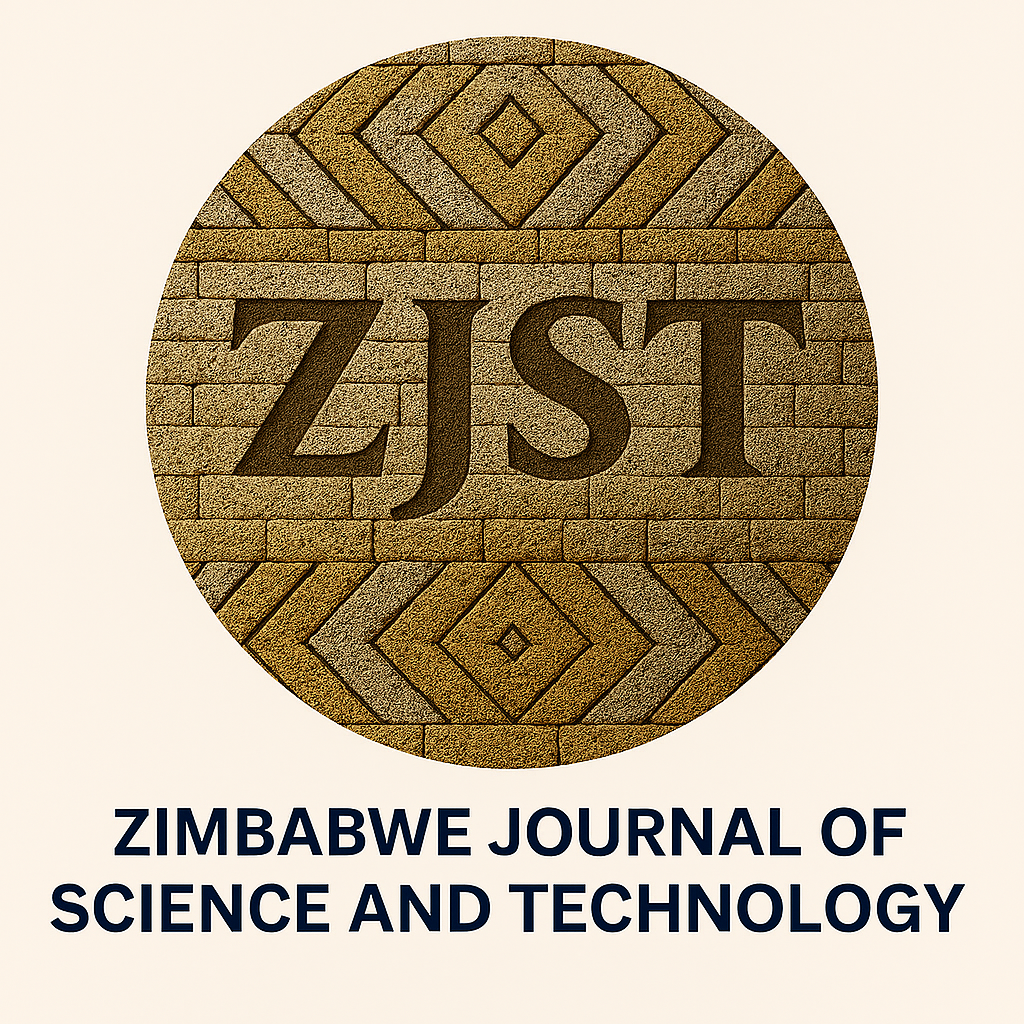Random coil-rich filamentous fungi contaminates cassava flakes in Ogun State, Nigeria
Keywords:
Secondary Structure, Filamentous Fungi, Cassava FlakesAbstract
The role of filamentous fungi in contaminating food grains during the pre- and post-harvest stages is well-documented, and effective control of this agricultural issue may rely on a detailed understanding of their secondary protein structures. This study, therefore, aimed to characterize the secondary structures of filamentous fungi isolated from cassava flakes in Ogun State, Nigeria. A total of 1,000 cassava flake samples (250 from each of the four geopolitical zones in Ogun State) were collected and analyzed for fungal contaminants using standard microbiological and molecular methods. Identified fungal sequences were translated into amino acid sequences and subjected to secondary structure prediction using the SOPMA tool. Results showed that Aspergillus niger and Aspergillus carbonarius were the most prevalent species (F = 88.167, p < 0.05), while Rhizopus stolonifer was the least frequent, comprising 1.15% of isolates. Secondary structure analysis revealed a predominance of random coil structures across most isolates, except Aspergillus fumigatus, which exhibited a higher proportion of alpha helices. Amino acid sequence lengths ranged from 162 to 292 bp. Protein sequence database queries showed no significant similarity to known proteins. Phylogenetic analysis indicated no cluster-specific speciation among the isolates, with species dispersed across various clades. In conclusion, cassava flakes in Ogun State are contaminated with diverse filamentous fungi, predominantly rich in random coil structures, suggesting structural variability that may influence their adaptability and pathogenicity.


